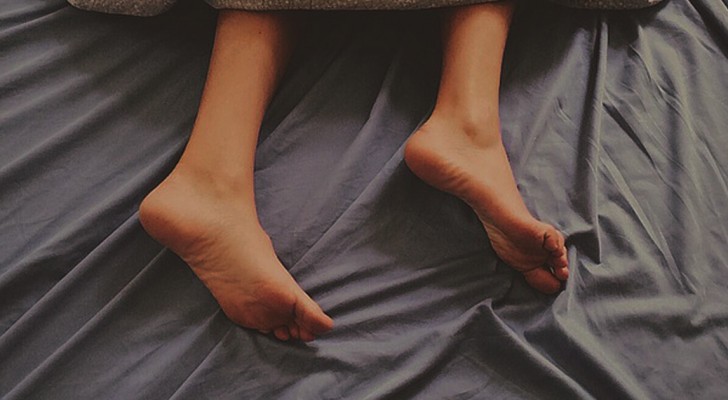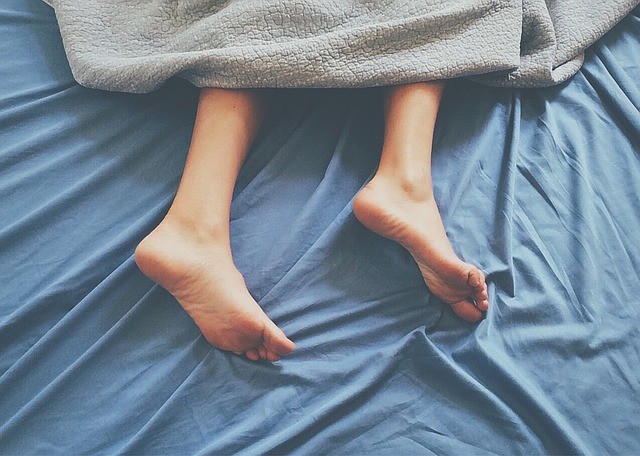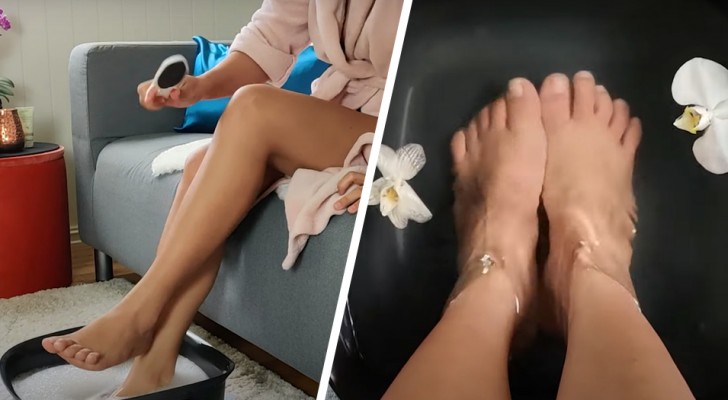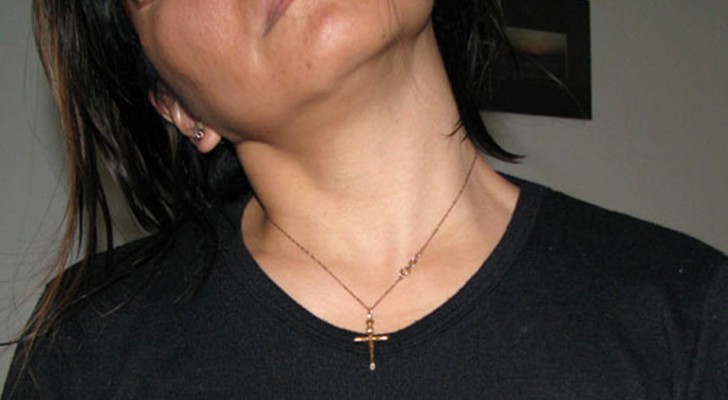Restless legs syndrome is a widespread and often lifestyle-related disorder

It is often difficult to distinguish between a nuisance and a real illness that needs treatment. The nuance is very subtle and often leads people to underestimate the situation and to get used to the perceived inconvenience.
Have you ever heard of RLS? It is also known as the syndrome of "restless legs" and is a condition that many people have. The main symptom is the need to constantly move their legs, especially at night, due to a sensation of tingling, burning, pain and light tremors.
You've probably always thought it was a problem only you had and that it was linked to stress and nervousness more than anything else. Here, instead is exactly what it is!
via webmd.com
Restless legs syndrome (RSL) is manifested by unpleasant sensations in the legs that create the need to continually move them.

Usually, the sufferer has difficulty falling asleep or staying asleep and RLS can also involve the arms. It is an inherited condition that appears before 45 years of age, lasts for an entire life span, and has also been observed in children. The degree of RLS may be different ranging from a mild annoyance to a more debilitating nuisance that affects the quality of sleep and life in general.
Who is afflicted?
- Those who suffer from chronic diseases such as diabetes and kidney failure
- Those who take antidepressants, antihistamines, anti-nausea and antipsychotics
- Women who are pregnant, especially in the last quarter
- Those who consume alcohol
- Those who suffer from insomnia
How to cure RLS:
Restless legs syndrome can be treated with drugs, but in many cases, it is enough to change some habits to alleviate the symptoms.
- Alcohol and caffeine increase the hassles associated with RLS, especially if taken before bedtime.
- Smoking promotes a state of agitation which increases the discomfort of RLS.
- A physical workout of 30-60 minutes very effectively relieves the symptoms. Simply walk, run, do yoga and exercises for the legs.
- Reducing daily stress will help solve the syndrome and many other problems.
If you think you have RLS talk to your doctor, who will show you the best treatment for your particular situation. Next, change your lifestyle for the better, and not just to solve the problem of nocturnal leg pain and discomfort!
We leave you with an example of some physical exercises you can do to relieve the symptoms.





